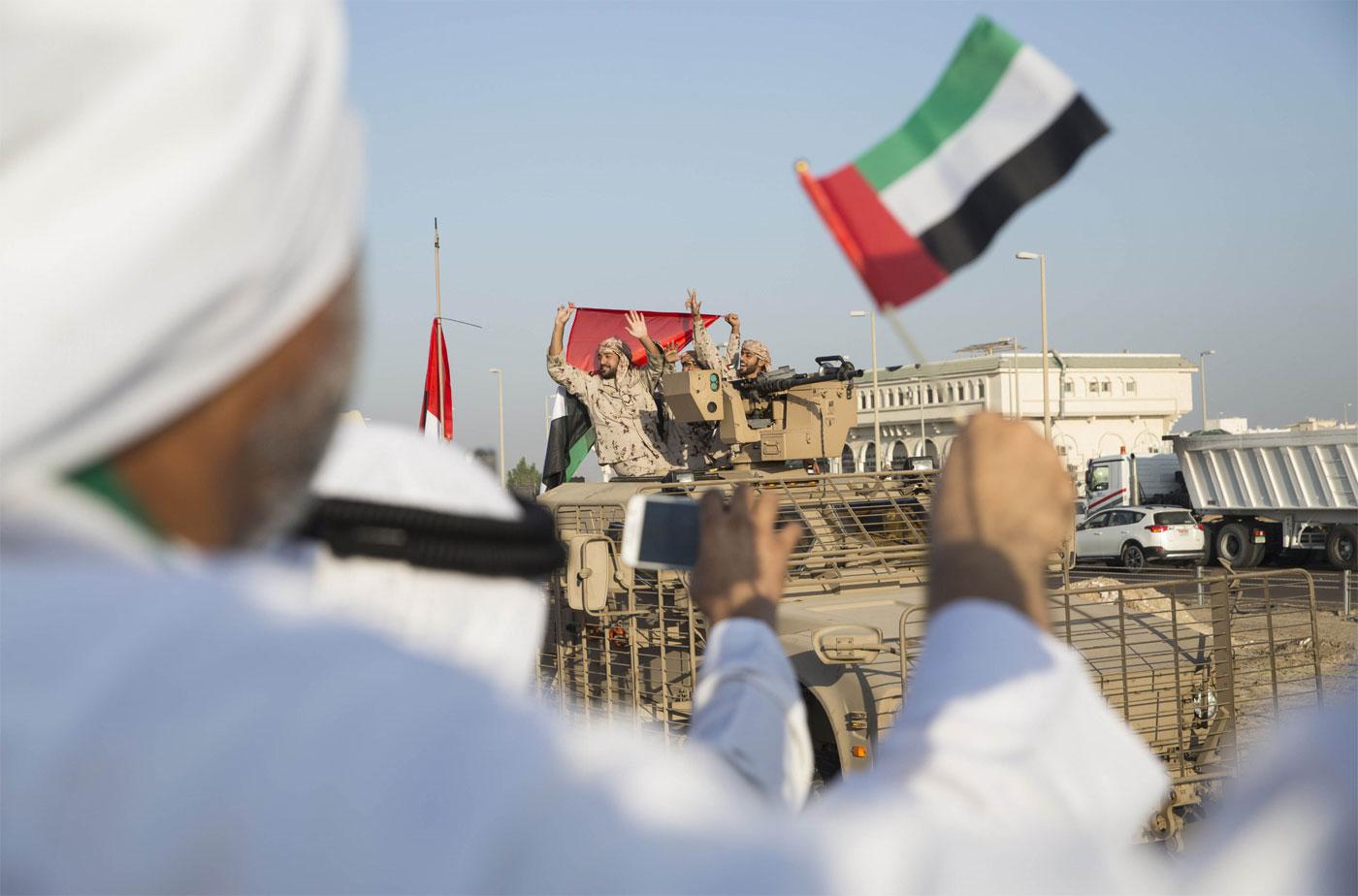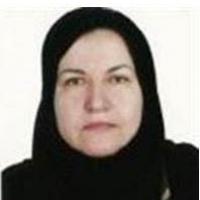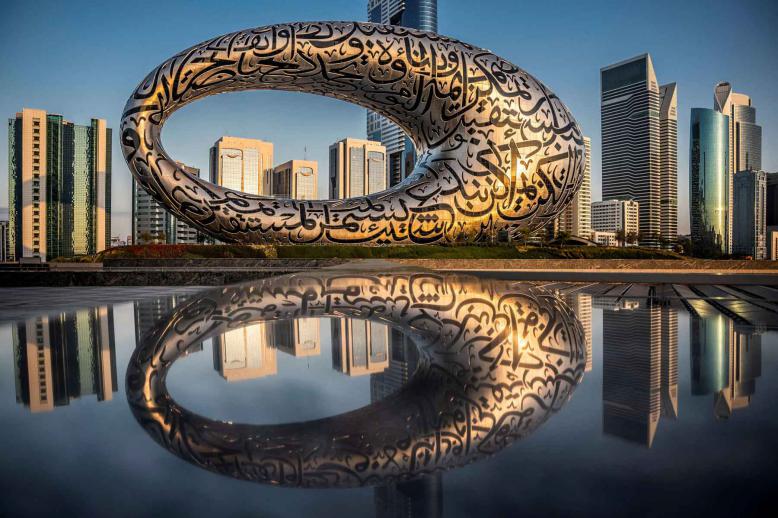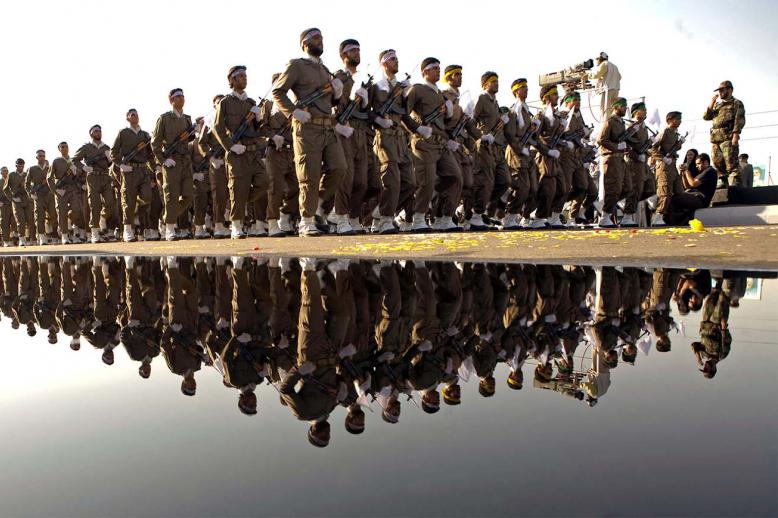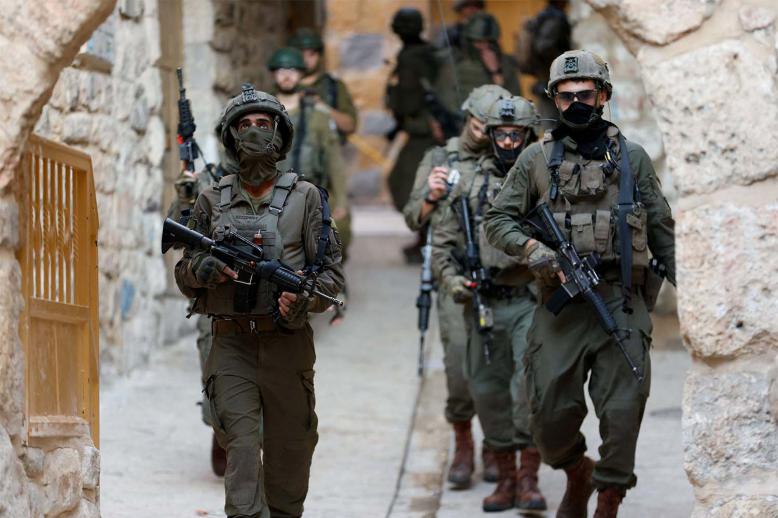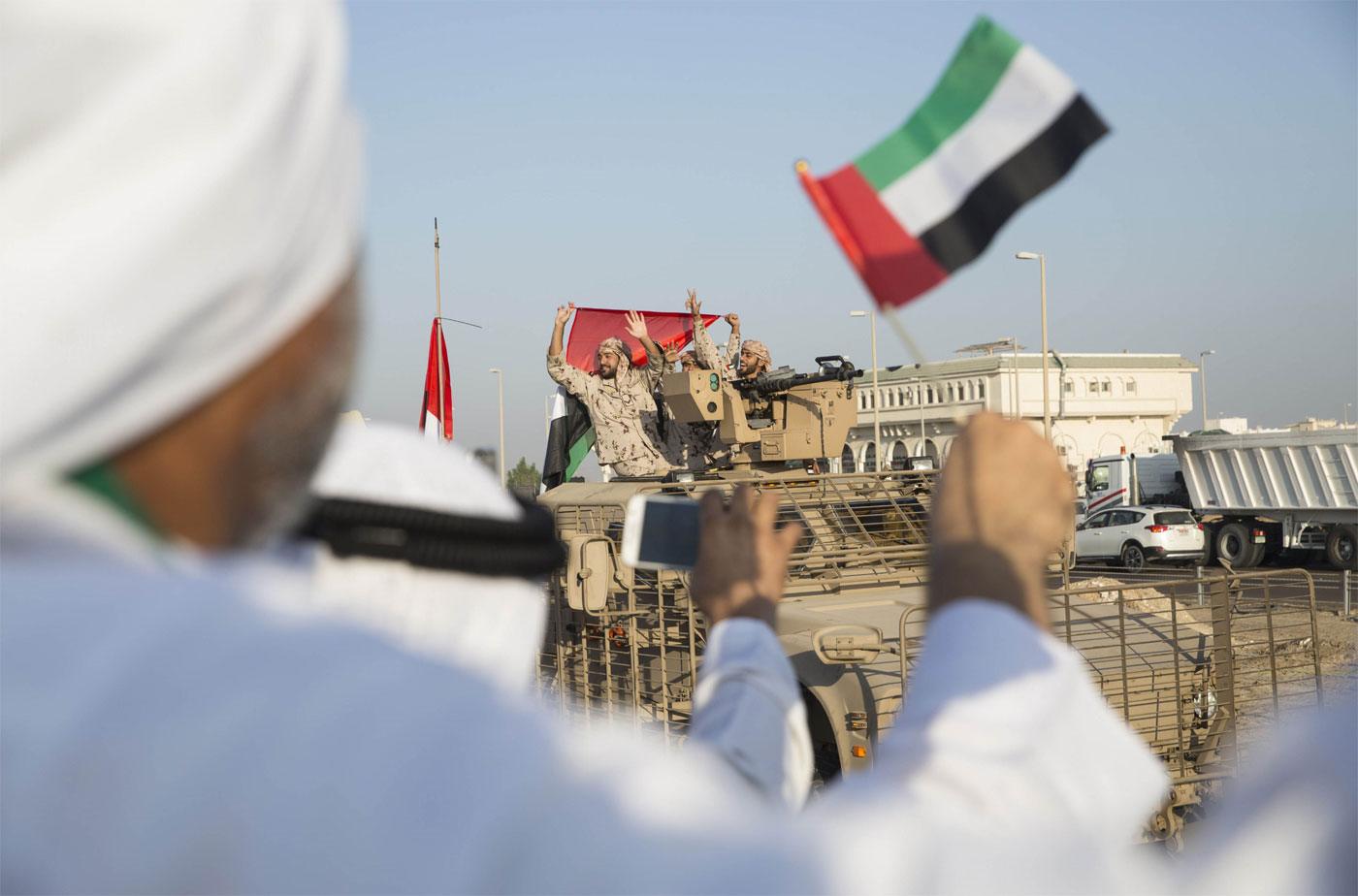The legitimacy of UAE War in Yemen
On 26th March 2015, the United Arab Emirates (UAE) participated in a military intervention in Yemen in a joint campaign with Saudi Arabia after a series of events threatened to disrupt Yemen’s geopolitical landscape. The two countries avoided direct action in the conflict by limiting their involvement in tactical assistance in the command center and coordination of search and rescue efforts for pilots whose aircraft were shot down.
UAE and Saudi Arabia attacked the bases of the Houthi militia who supported the violent acquisition of power from former president Ali Abdullah Saleh, forcing the democratically elected president, Abedrabbo Mansour Hadi, to flee the country.
Hadi sought exile in Saudi Arabia where the country’s defense minister received him in a military airbase. The attacks on the militia were code-named Operation Decisive Storm which the Saudi Arabia and UAE decided to end after seven weeks to allow political negotiations between the two conflicting parties. The coalition labeled the talks that began April 2015 “Operation Restore Hope” and stated that it would not hesitate to use military force if threatened by the activities of the Houthi militia. In the build-up to the conflict, Saudi Arabia deployed soldiers to protect its borders with Yemen fearing that the fight would spill over. In response, the Houthi general declared that he would attack the soldiers and his forces would not relent until they captured Riyadh.
Throughout the conflict in Yemen, there were speculations of Iranian involvement in training, arming, and coordinating the Houthi militia in their attacks on government installations. However, Iran vehemently denied the claims and stated that Saudi Arabia and the UAE had led a coalition of forces to kill Muslims in Yemen with the support of western powers, specifically the US and the UK.
Despite the strong denial by Iran of their involvement in the conflict, the UAE and other countries in the Arab League had established a naval blockade near an Omani port and captured an Iranian fishing boat loaded with heavy weaponry. As such, the coalition blamed Iran for supplying weapons to the militia, stating that Tehran had shipped large arsenals of weaponry to the rebels between 2009 and 2013.
Constant disagreements over economic and religious policies adopted by Iran and the UAE had marred historical relations between the two countries. Both nations are major oil exporters in the international market but have different approaches to policies regulating the commodity. Due to population pressure, Iran favors policies that support high trade volumes in the international market to increase revenues to meet Iranians’ needs. On the other hand, the UAE has a small population and favors sustainability over short-term revenues generated from the natural resource.
Tensions between the two countries escalated when Iran accused the UAE of serving the American interest in the Arab world rather than focusing on the interests of Muslims. The UAE has maintained a strong relationship with the UK and the US since its establishment while Iran has strained relations with the western countries. Also, the two nations differ on Islamic fundamentalism with Iran favoring the guardianship of the Islamic Jurists while the UAE maintains a moderate approach to Islam. The guardianship of the Islamic Jurists requires that the supreme leader of the Muslims control their activities irrespective of their nationality. The differences in political and religious ideology between the two countries, their different approaches to oil-related policies, the termination of diplomatic ties, and the revolutionary approach applied by Iran in addition to its occupation of three UAE islands create a significant threat to the UAE establishment.
In recent years, the counties in the Arab peninsula and Iran have fought proxy wars in the Middle East. Although these countries had maintained hostile relations through accusations for many years, they have never engaged in direct conflict with each other. The proxy wars trace back to the Syrian Civil War that started in 2011 and continues to date. The civil war has persisted due to its complicated nature as Syrian president Bashar al-Assad battles rebels while other opposing sides fight each other in varying combinations. Some of the notable belligerents in the conflict include the Syrian Arab Republic supported by pro-government groups (Hezbollah, Iran, Russia, and Iraq) while the rebels enjoy support from the political opposition (Turkey, the US, Saudi Arabia, UAE, Qatar, and Israel). Other notable groups in the conflict include the Islamic State of Iraq and Levant and the Democratic Federation of Northern Syria.
The conflict between Iran and UAE played out in the invasion as the two countries supported opposing sides. The lack of direct action between the two nations has increased ideological warfare as they accuse each other of supporting and financing terror activities in the Middle East and beyond.
Iran supported the activities of the Houthi militia in Yemen and if they ascend to power, they will be Iran’s hand at the UAE borders. This has forced the UAE to defend its national interest and move to deter Iran’s influence in Yemen. Abu Dhabi was seeking to make preemptive attacks on the militia before it ascends to power and advances Tehran’s interests in the Persian Gulf.
Yemen is the second largest country in the Arab peninsula and has one of the biggest coastlines in the world. While the economies in the Persian Gulf flourish on vast oil reserves, Yemen remains impoverished due to poor governance and historical injustices by previous regimes. Although the nation is an Islamic Republic with Muslims constituting the majority of the population, it lacks the social and political organization exhibited by neighboring Muslim states. It has influential tribal leaders and lacks strong national institutions.
Yemen's profile makes it susceptible to the proliferation of radical ideologies since it exhibits characteristics that lead to revolutions. It has poor infrastructure and social services with deficient basic amenities such as health and education; thus, poverty is rampant since the government lacks a clear policy on national development. As such, the assumption of state power by the Iran-backed Houthi militia could severely impact the region geopolitically.
The first implication would be the spread of radical, religious and political ideologies across the Arab peninsula. Houthis would expose the nation to increased radicalism as Iran would use the region as a foothold to enhance its activities in the Middle-East. Given the current relationship between the UAE and Iran, it is likely that Tehran would use state power in Yemen to incite and sponsor radical action against the UAE. Such an outcome is possible given Iran’s vehement and open opposition towards the UAE governance structures.
Also, Iran’s increased presence in the Arab peninsula could raise tensions with other countries such as Jordan and the Arab League.
The civil war in Yemen affected its quality of life negatively, and by February 2016, more than twenty million people needed humanitarian aid. Famine was one of the critical concerns during the war, and the problem escalated when the Houthi militia gained control of the Hodeidah port, which is an important infrastructural asset since it facilitates importation of almost seventy-five percent of the country’s imports.
The UAE took part in a successful attack to retake the port from the militia on June 13, 2015. Retaking the port has played an important role in the distribution of food and other basic needs to the internally displaced persons.
As a result of the war, thousands of Yemenis were killed, injured and displaced. Moreover, official statistics record that in the fourth quarter of 2016, the country suffered from a cholera outbreak that caused the deaths of almost one thousand five hundred people, which was attributed to the poor state of water and sanitation infrastructure.
The UAE has spent over four billion dollars in food, medical, and other forms of aid offered to Yemeni citizens since the conflict began in 2015. This includes over about half a million US dollars channeled through the Yemen Humanitarian Response Plan and two hundred million in direct aid in 2018. The UAE is also helping in reconstructing the liberated Yemeni territories.


